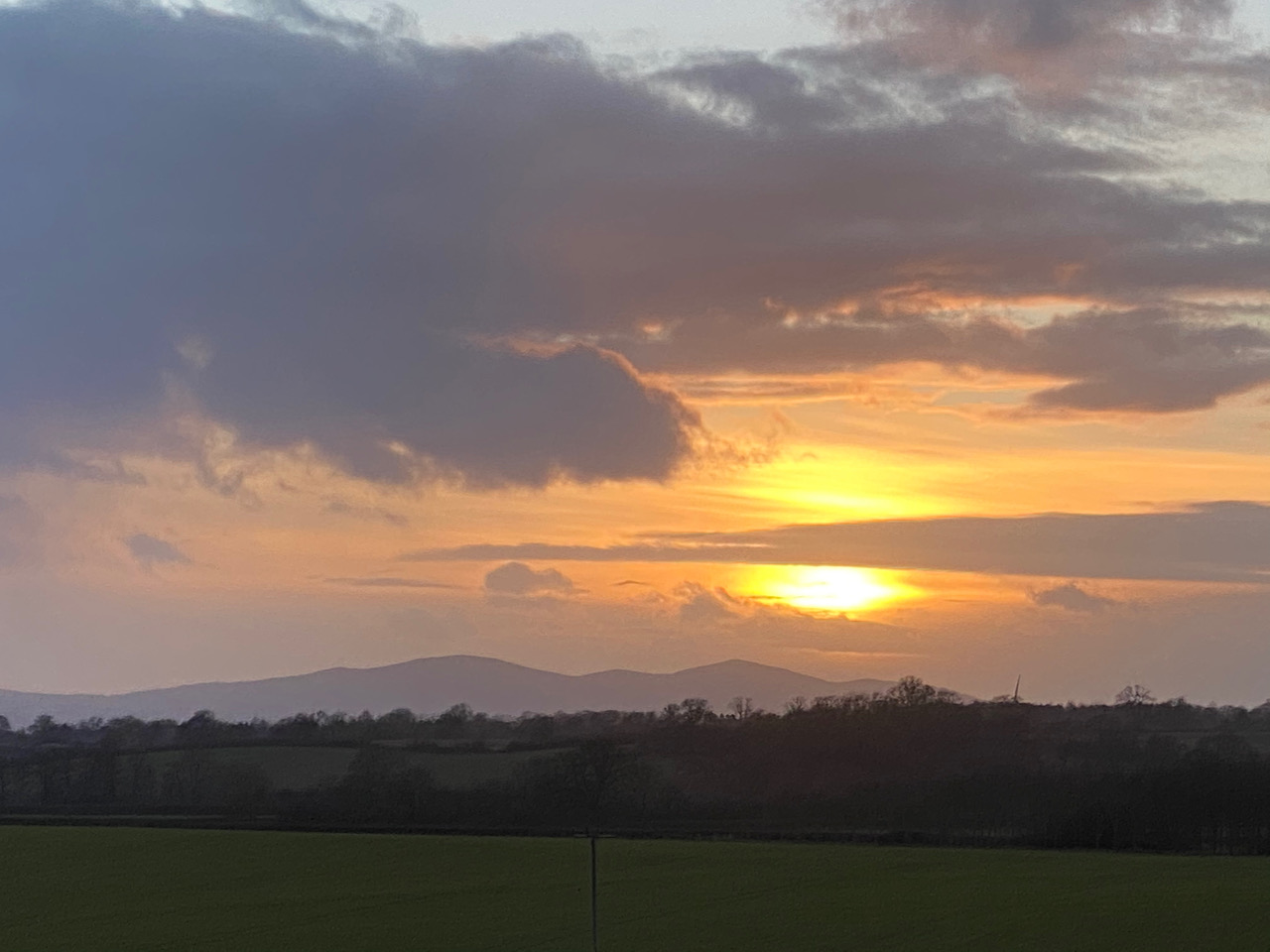J's Garden Notes - Spring 2021
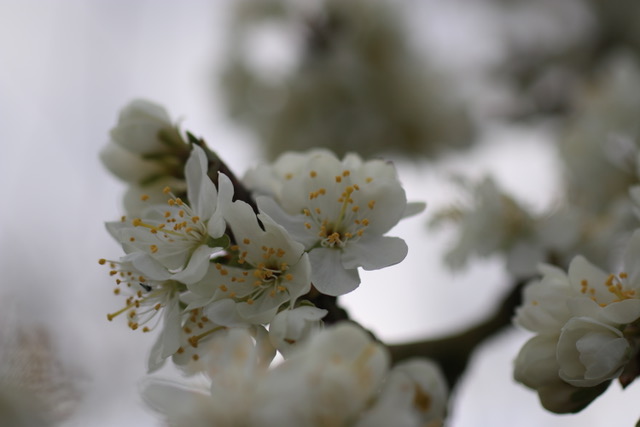
SPRING - A Time of Hope and Renewal
IN THE TIME OF QUIET by Phillipa Atkin
No one’s told the daffodils about the pause to Spring
And no one’s told the birds to roost and asked them not to sing
No one’s asked the lazy bee to cease his bumbling round
And no one’s stopped the bright green shoots emerging through the ground
No one’s told the sap to rest, deep within the wood
And stop the sleepy trees from waking, wreathed about in bud
No one’s told the sky to douse its brightest shades of blue
And stop the scudding clouds from puffing headlong into view
No one’s asked the lambs to still the springs beneath their feet,
To stop their rapid rush and quell each joyful bleat
No one’s told the stream to halt its gurgle or its flow
And warned the playful breezes, not to gust and blow
No one’s asked the raindrops not to fall upon the earth
And fail to quench the soil in the season of rebirth
No one’s locked the sun down, or dimmed the shimmer of the moon
And even in the darkest night, the stars are still immune
Remember what you value, remember who is dear
Close the doors to danger and keep your family near
In the quiet all around us take the time to sit and stare
And wonder at the glory unfurling everywhere
Look towards the future, after the ordeal
And keep faith in Mother Nature’s power and will to heal.
Encouraging Wildlife in the Garden
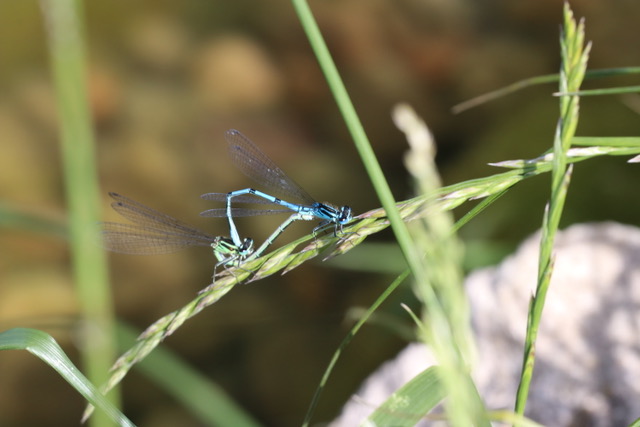
There are many ways to encourage wildlife into our gardens. Not being too tidy, planting trees, hedgehog gaps and having specific types of plants attractive to insects are all really good as well as being great for the environment in carbon storage. One of the best ways is to create a pond.
One really interesting statistic I heard this week was that a new pond will store 30% more carbon than planting a tree in the garden.
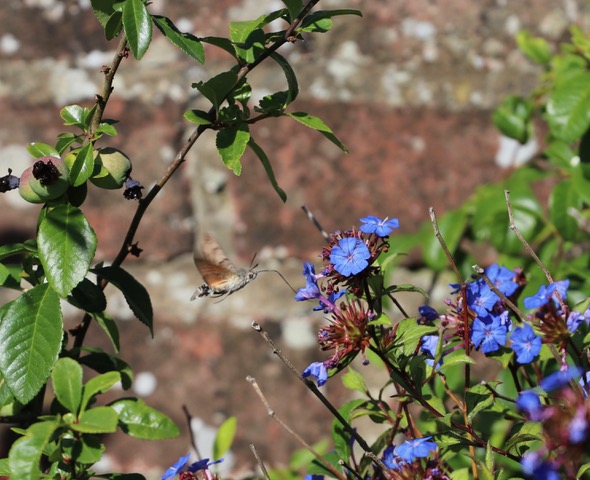 It does not need to be over large to benefit the garden wildlife hugely. Birds, newts, frogs, dragonflies, all sorts of other mammals and insects make use of the pond.
It does not need to be over large to benefit the garden wildlife hugely. Birds, newts, frogs, dragonflies, all sorts of other mammals and insects make use of the pond.
We decided to do just that in the early part of last year. We created quite a large pond and specifically wanted to have as natural a pond as we could muster.
We dug it into an area of lawn close to the meadow part of our garden – an area left to long grass and wild flowers – all native. Great for mice, grass snakes, butterflies and bees, wasps and other insects and therefore a whole variety of birds including owls which visit now often. We regularly hear the Tawny Owl and the Little Owl here which is a great joy. We have just, this last week, found owl pellets in the garden too which I hope means that the Tawny Owl is beginning to feel more at home here. We are hoping that at some point the new owl box might be something of interest.
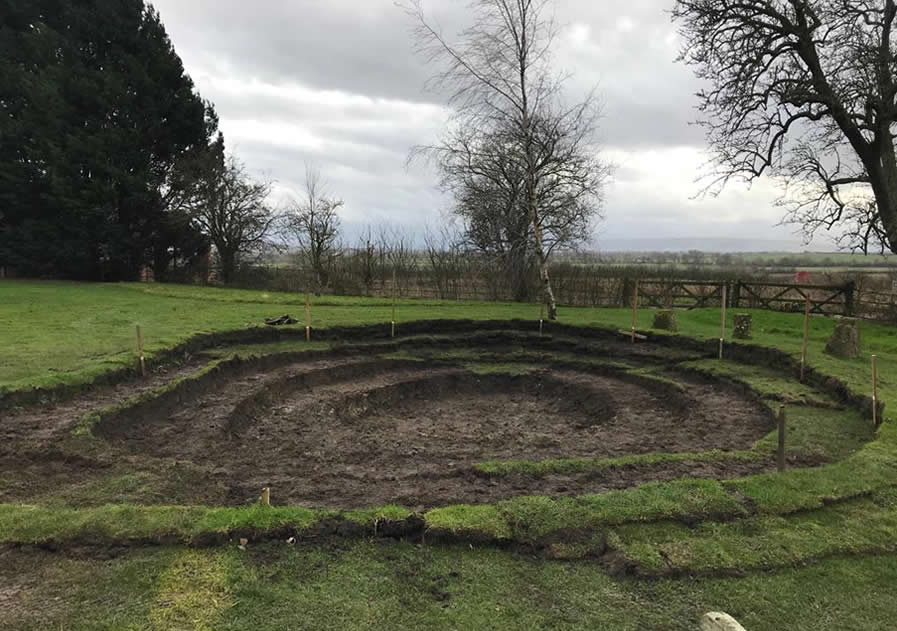 | 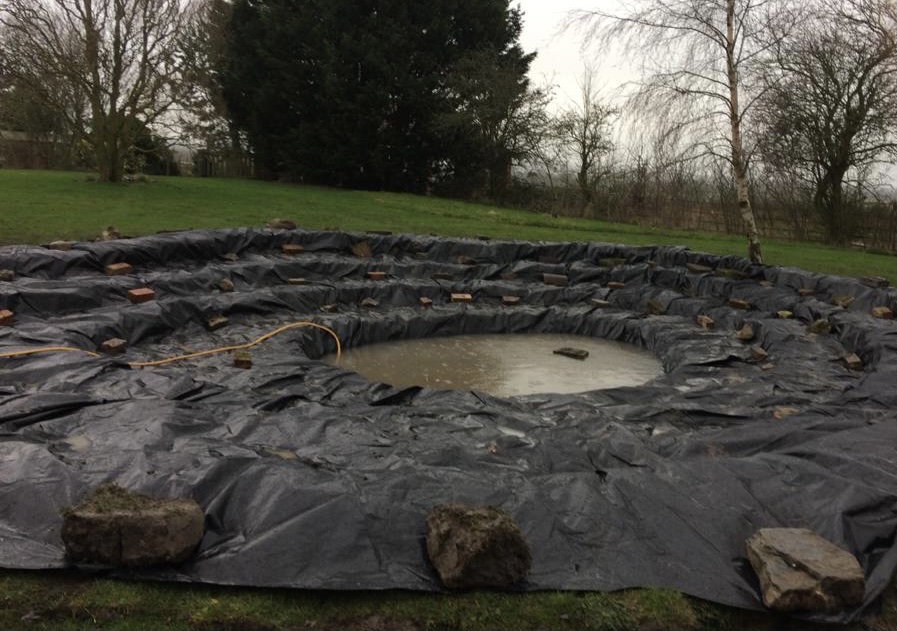 |
We dug our new pond to a depth of just over 3ft at its deepest and we built shelves into it so that animals could get into the shallows and could easily get out again. We included a beach area which we filled with pebbles of different sizes so that the visiting hedgehogs and other smaller mammals might also be able to safely get to and from the water’s edge.
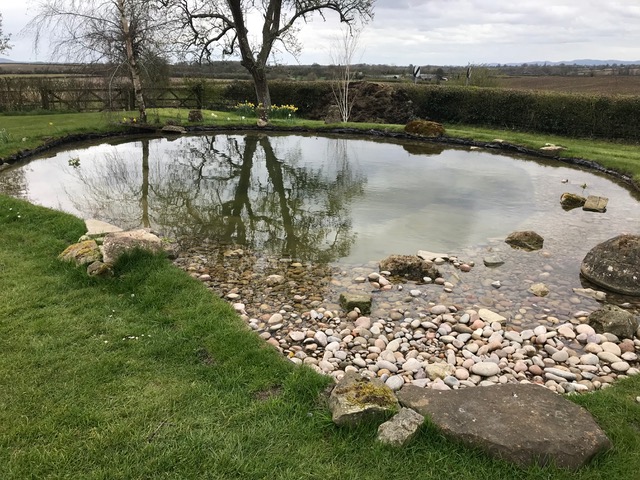
We have planted many marginal plants in the banks and the shallows of the water. The resident Mallard ducks however had a different idea for these and have spread them now throughout the pond! Or in some cases, finished them off.
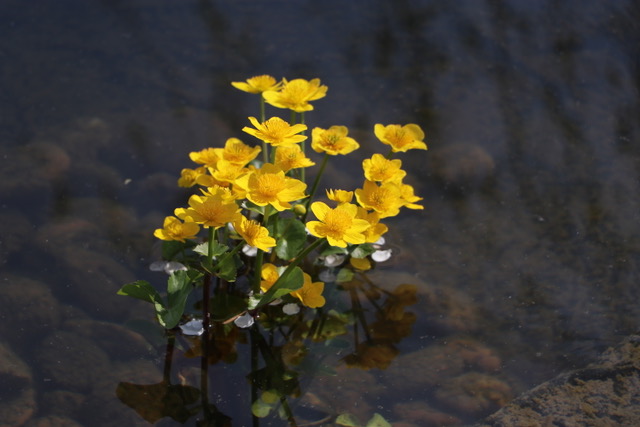 I tried to replant the remaining bits of the different plants every day so I am hoping that, as things begin to grow this Spring, they may be more naturalised. Ever hopeful!
I tried to replant the remaining bits of the different plants every day so I am hoping that, as things begin to grow this Spring, they may be more naturalised. Ever hopeful!
We planted Sibirica iris, water buttercup, small reeds and water forget me nots as well as two types of water lily. The water lilies are already showing some new growth which is exciting.
We have planted some scented shrubby plants at the edge below the birch tree – Sarcococca and Hebe to attract more insects too. They are also attracting the rabbits but that is just par for the course I suppose.
It has been a really exciting project to watch evolve and we are really looking forward to seeing how it continues to develop over its second year of life and how nature and the local wildlife continue to accept it as their own.
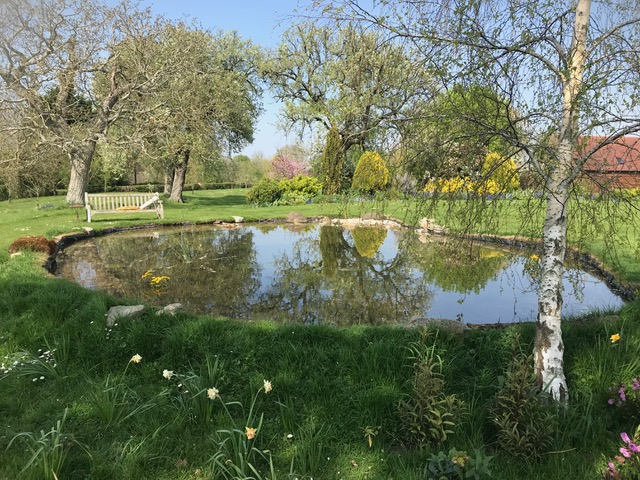
Gardener and Floral Decorator – Constance Spry (1886-1960)
 The Garden Museum in London is holding a major exhibition this Summer about the life and the career, skill and knowledge of the wonderful Constance Spry.
The Garden Museum in London is holding a major exhibition this Summer about the life and the career, skill and knowledge of the wonderful Constance Spry.
Shane Connolly, currently one of our top floral artists, is the curator for the exhibition and has given a really insightful talk about Constance Spry’s work which is well worth looking up. Follow this link to have access to view this.
Constance Spry was and is hailed for her absolute skill as a floral decorator, she had no boundaries to her artistic eye when it came to floral arrangements. She worked with nature to make the most of the natural shape and beauty of the plant materials she used. She was a great and knowledgeable gardener and plantswoman who grew plant materials in her own garden for pleasure as well as for cutting. From her book, “A Constance Spry Anthology” she comments on white flowers in the garden, “Just before the light fades all colours seem to take on an added brilliance, and then as darkness gathers this goes and new beauty is revealed. White flowers glimmer mysteriously, trees have a dusky outline and velvet shadows, and the scent of flowers is heavy on the air.”
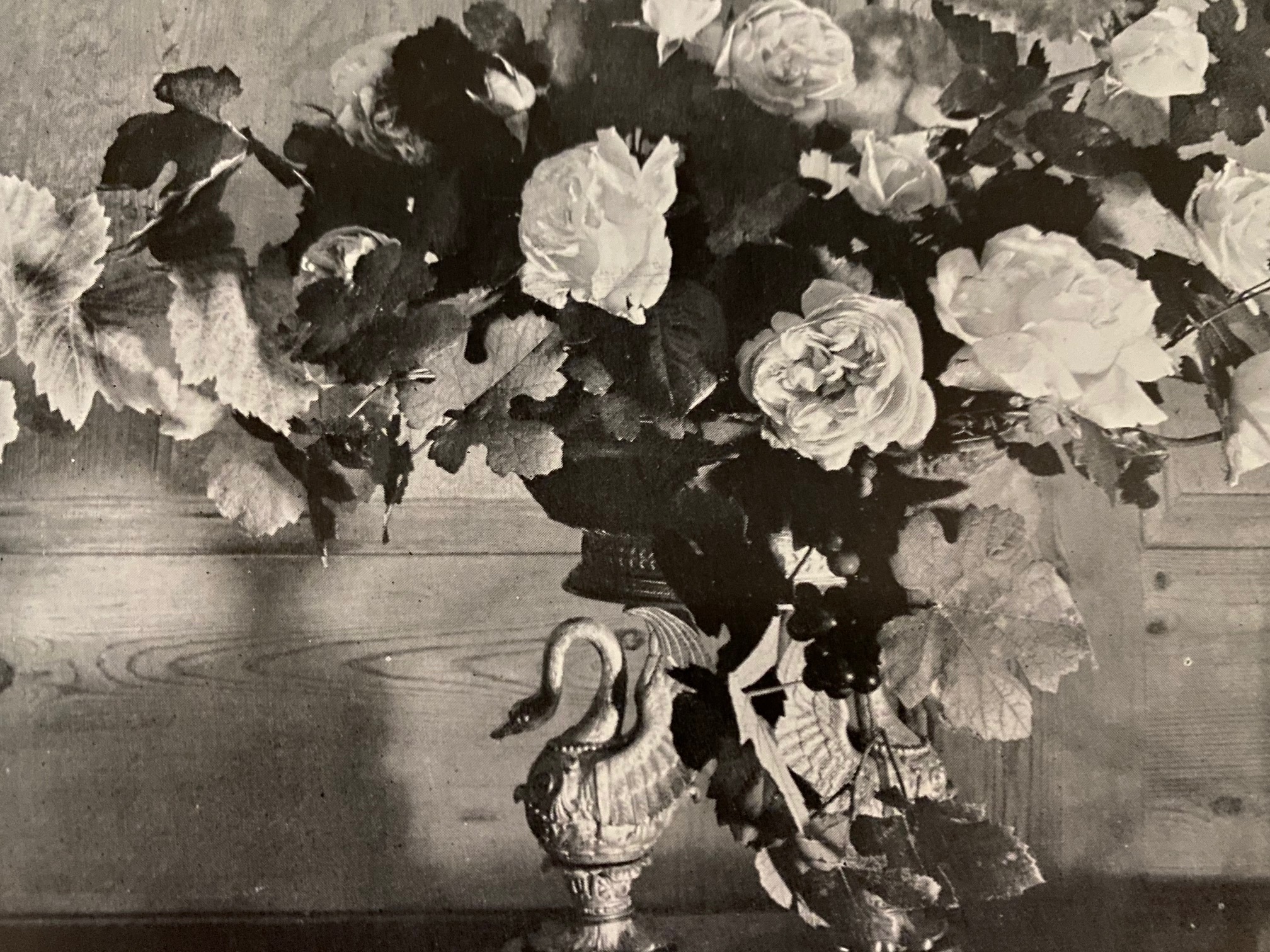 She only started her career in floral art when she was in her 40’s and had a deep love and understanding for the value of garden foliage and flowers.
She only started her career in floral art when she was in her 40’s and had a deep love and understanding for the value of garden foliage and flowers.
Hence my interest and love for her work. I never understood why floristry schools taught shapes for arrangements when the cut material drives the shape and why the most popular bought cut flowers were carnations and chrysanthemums which last and last almost to a point of boredom to my mind. This was not, surely, what floristry or floral decoration was about at all. The natural world provides such interesting and exciting plant material. The hedgerows too are full of berries, seeds and interesting shaped plants and stems.
I remember attending a talk by top floral decorator, Michael Goulding many years ago. He stood at a raised table in a marquee charity luncheon. He had two huge buckets of plant materials from his garden and he stood behind a large vase on the table. He took pieces out of the buckets and saw which way the particular piece wanted to go naturally before placing it in the vase in that way. He worked from behind and created the most beautiful large arrangement without once looking from the front. What a natural skill he had. He worked with the flowers, never forcing them to go anywhere they didn’t naturally want to go.
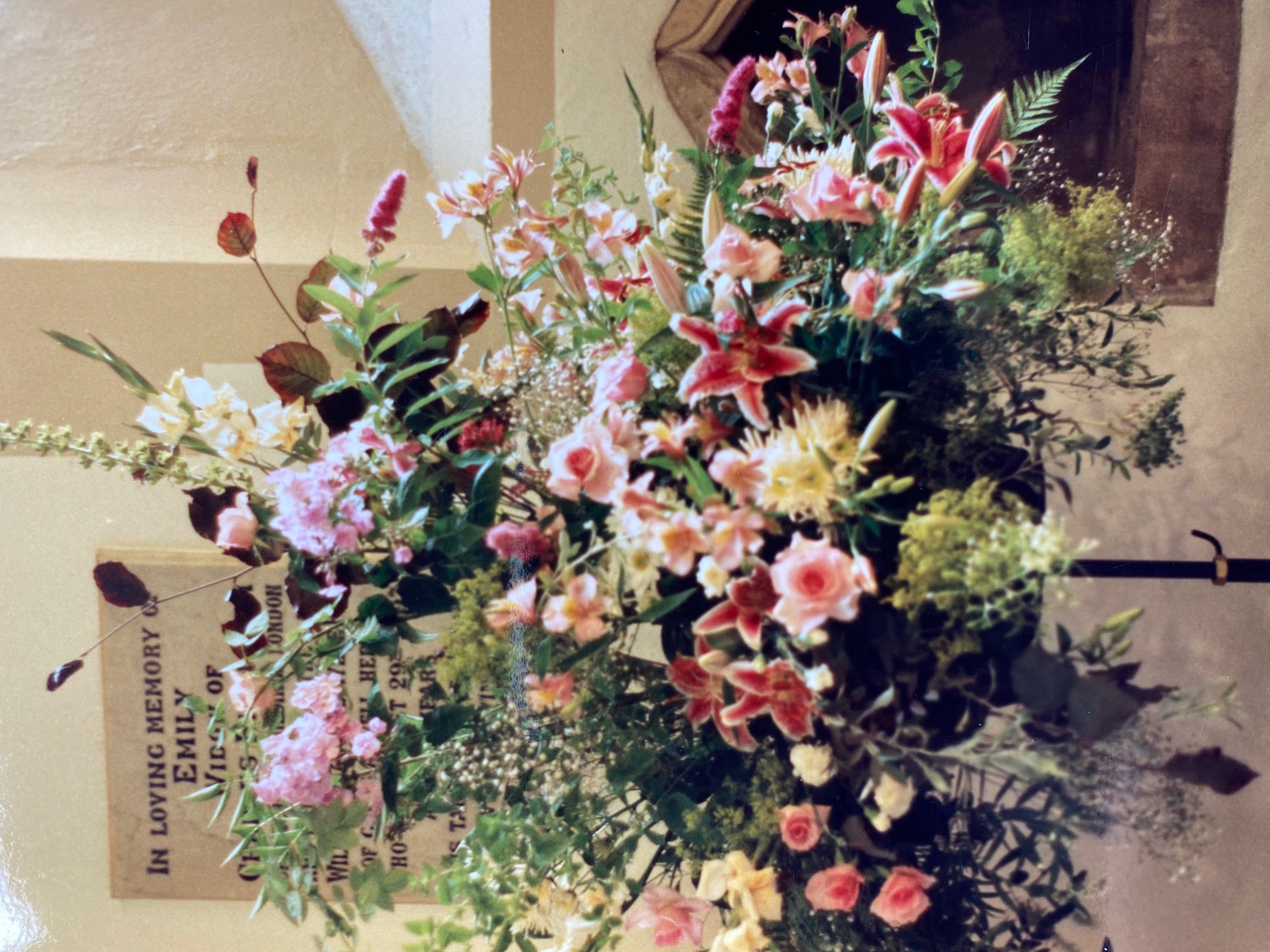 I was lucky enough to have known some of the great floral artists of my time growing up in Hertfordshire where the amazing floral partnership of Elizabeth Baker and Michael Goulding was based. My parents happened to know Michael and moved to Great Amwell where Elizabeth Baker lived at the time. The Church at Great Amwell was decorated on occasions by some of the best and I was lucky enough to witness that.
I was lucky enough to have known some of the great floral artists of my time growing up in Hertfordshire where the amazing floral partnership of Elizabeth Baker and Michael Goulding was based. My parents happened to know Michael and moved to Great Amwell where Elizabeth Baker lived at the time. The Church at Great Amwell was decorated on occasions by some of the best and I was lucky enough to witness that.
Elizabeth Baker put me in touch with the top flower arranger Sheila Macqueen who also lived in Hertfordshire. She was for many years the head arranger for Constance Spry and had a vast experience including having done flowers for The Coronation. She had such a skill and a touch and was in every way an artist creating floral art at the top of its game. She kindly gave me some lessons from her house and garden and I often regret not exploring this further.
Shane Connolly, who famously created the floral decoration for the Royal Wedding of Prince William and Kate Middleton, spoke in his talk on Constance Spry of his work with Michael Goulding. It does not surprise me at all as Shane has such a natural touch and skill to his art also and I can see why he might have been drawn to Michael’s style of arranging.
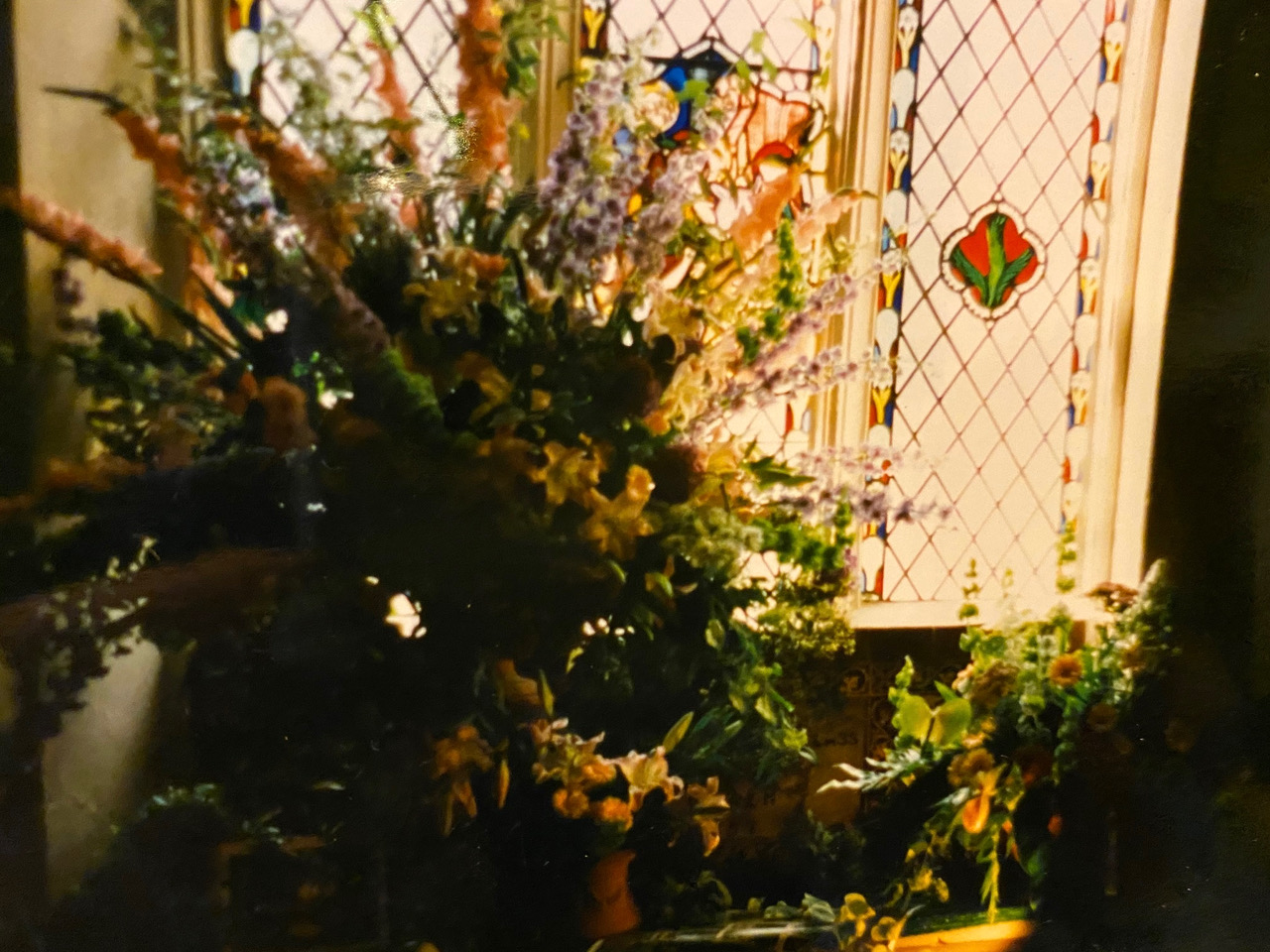 Michael Goulding and Sheila Macqueen wrote several books which are still available online and are a huge resource of information about growing plants in your garden for cutting. I particularly love “Flower Arranging from your Garden” by Sheila Macqueen and “Flower Arranging” by Michael Goulding. Each has a huge amount of information about growing, cutting and conditioning flowers for arranging. They are amazing reference guides.
Michael Goulding and Sheila Macqueen wrote several books which are still available online and are a huge resource of information about growing plants in your garden for cutting. I particularly love “Flower Arranging from your Garden” by Sheila Macqueen and “Flower Arranging” by Michael Goulding. Each has a huge amount of information about growing, cutting and conditioning flowers for arranging. They are amazing reference guides.
For me personally, I am really looking forward to taking part in a course run by Shane Connolly through Learning with Experts online. “The Art of Environmental Floristry” which I have just signed up for.
19th Century Marble Statuary
Simple and clean lined, charming and calm are all words which could easily describe this lovely small statue. “The Wayside Flower” it is called. A mother and child gazing on the flower. Simple and beautifully carved.

White marble imported into this country from Italy was used sparingly in the creating of statuary in the 19th century. It is a wonderful medium but it was expensive and heavy to transport. Due to the dampness of our climate here it is advisable to site marble statues in slightly sheltered areas of the garden as over time they could suffer the effects of extreme weather conditions. This statue is in really excellent condition. The most used white Carrara marble is found north of Pisa in Italy. White with slight or heavy veining through it. The whiter marbles were more often used for the finer carving of statuary or vases.
Time to Sit and Stare
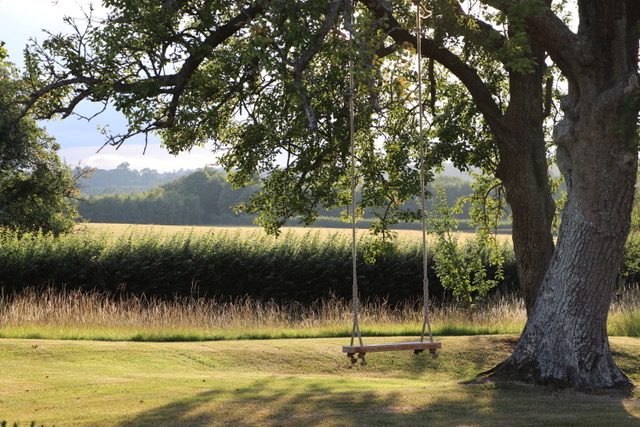
If William Henry Davies will forgive me, I think that during this pandemic we have all learned the benefits of time – Time to stand and stare as the renowned poet wrote but also time to sit and stare. To take time, to stop and allow ourselves time.
LEISURE by William Henry Davies
What is this life if, full of care,
We have not time to stand and stare.
No time to stand beneath the boughs
And stare as long as sheep or cows.
No time to see, when woods we pass,
Where squirrels hide their nuts in grass.
No time to see, in broad daylight,
Streams full of stars, like skies at night.
No time to turn at Beauty’s glance,
And watch her feet, how they can dance.
No time to wait till her mouth can
Enrich that smile her eyes began.
A poor life this if, full of care,
We have no time to stand and stare.
Outside spaces and gardens have become our lives. Places of beauty, tranquillity, quiet, family, fun and friendship when allowed to mix. Places we can share with others or be alone and share with nature.
I have loved my Marnie Moyle oak swing hanging from the Perry Pear tree in the garden. Do you have a placed to sit and stare? We have a wide variety of stone seats in our stock at the moment.
Unusually a couple of single Portland stone chairs too.
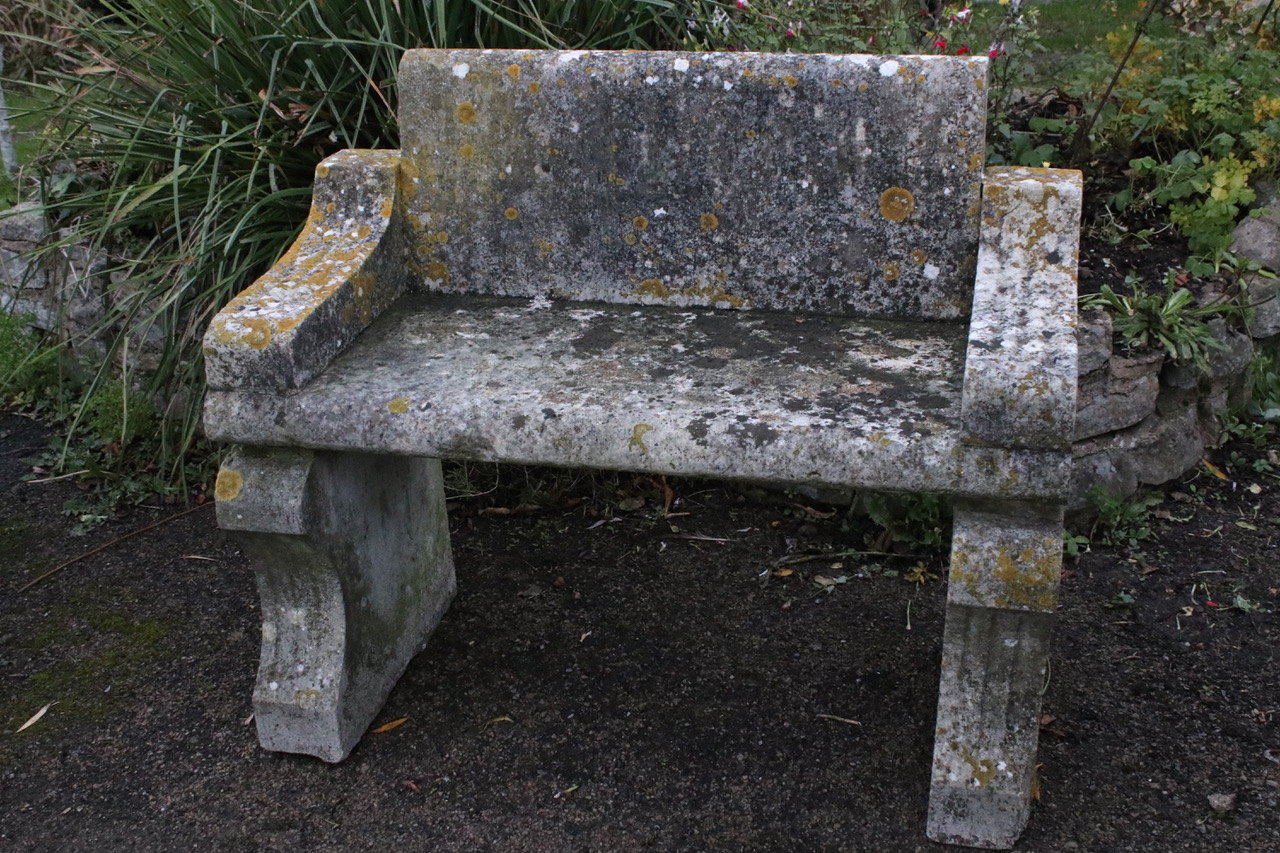
A wonderful large curved English limestone seat from the early 1900’s
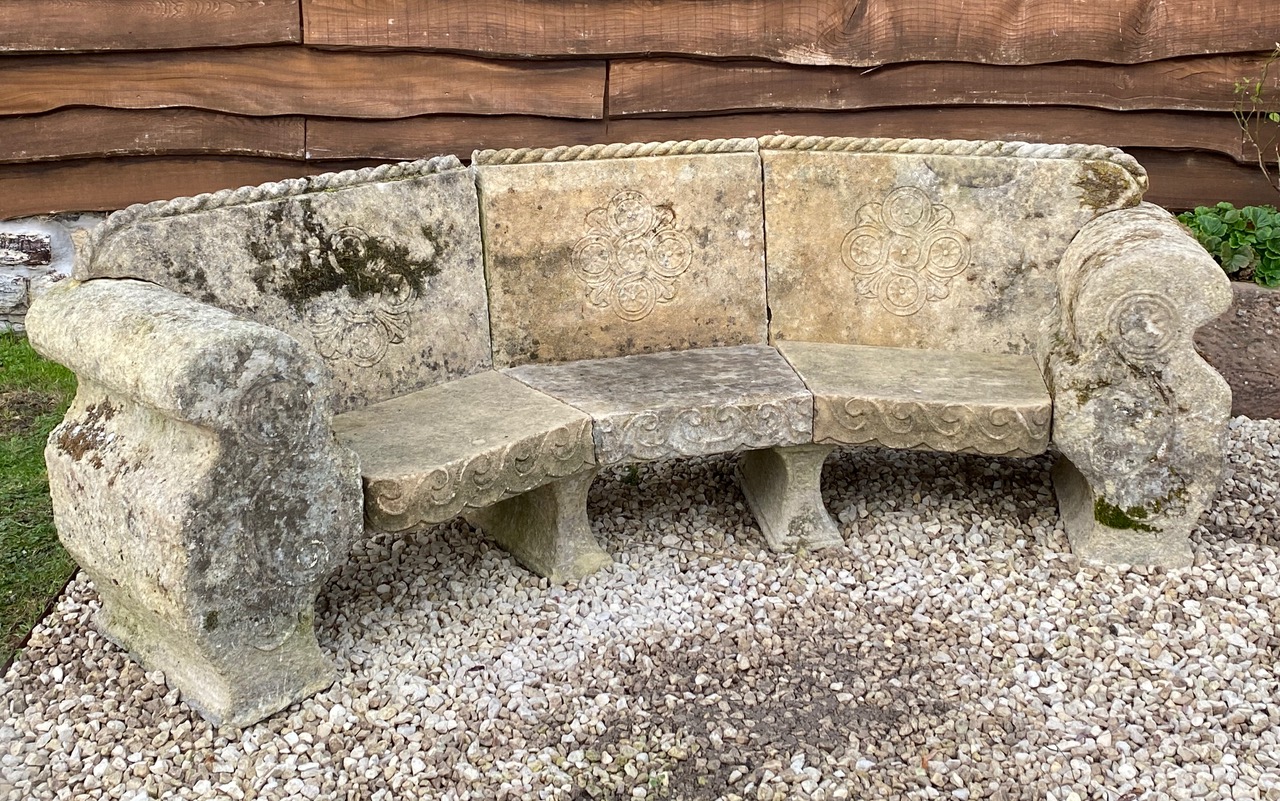
A variety of stone benches – simple or carved or more rustic. Benches for all situations
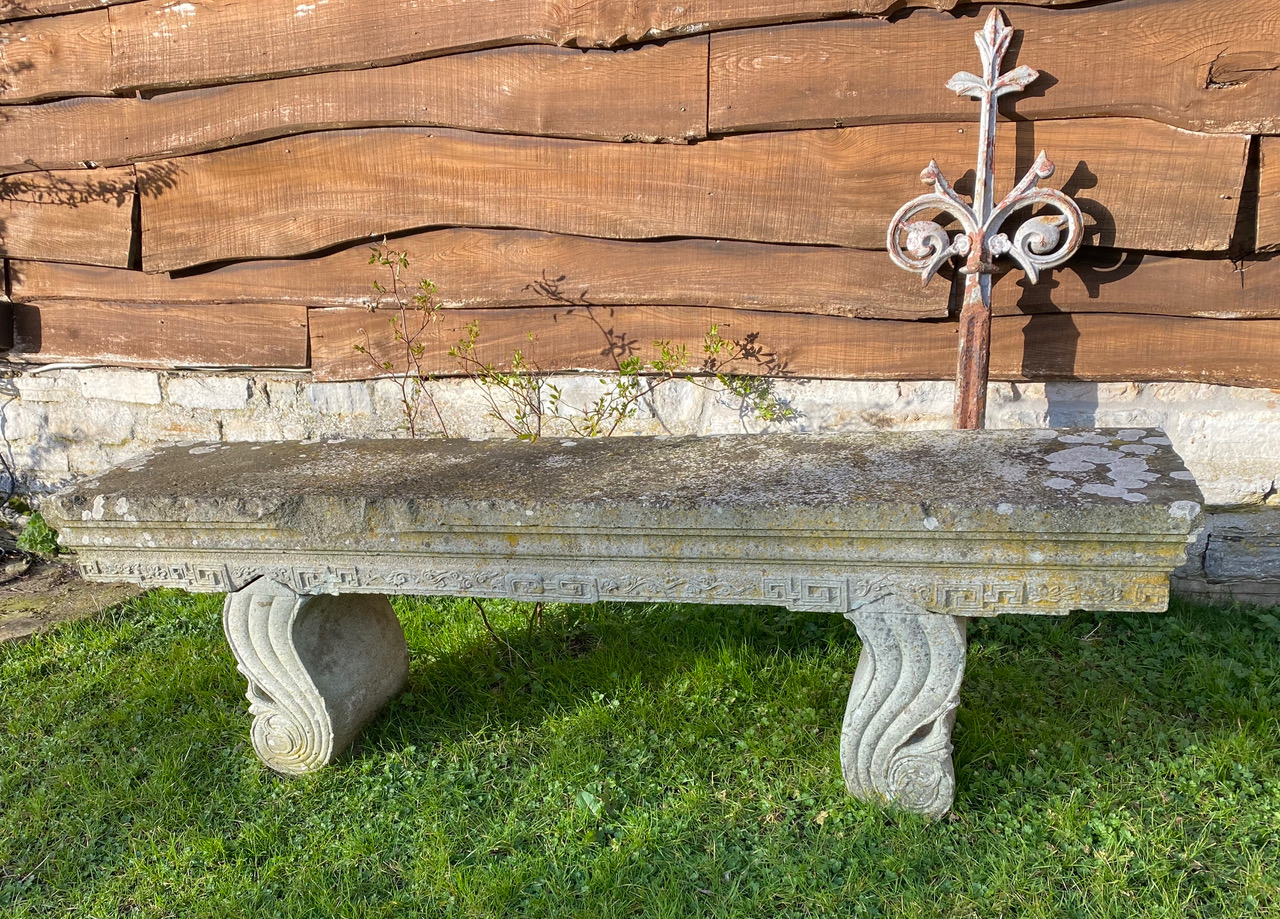
A couple of stone stools too.
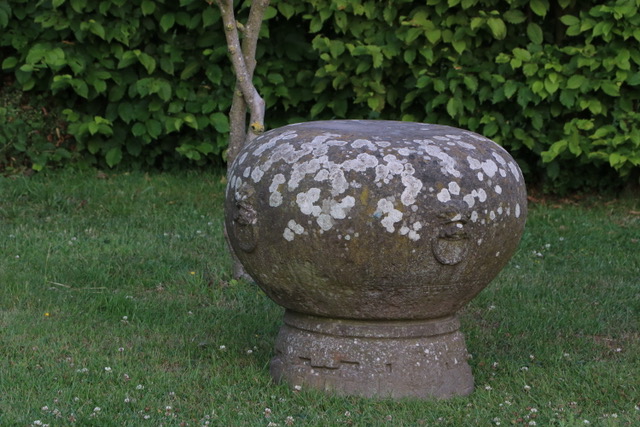
CHELSEA FLOWER SHOW 2021

As I am sure you are already aware, The Chelsea Flower Show is going ahead this year in its usual place of The Chelsea Hospital Gardens. It will be held in September and not in May this year. We are really looking forward to meeting our customers face to face again and to enjoy what is truly the best flower show in the world. We will be showcasing our exclusive Chelsea Collection at the show.
It will run for an extra day too as there will be fewer people attending each day. The dates are
Press Day – Monday 20th September
Show Days – Tuesday 21st to Sunday 26th September
We are really excited to be taking part – it will be our 18th year. It will be really interesting to see the variety of colour in this September Chelsea.
We will be launching our 2021 Collection at our base in Worcestershire via video as we did in 2020. This is in addition to the exclusive Chelsea Collection. This will be launched the first week of May online with the Private Viewing weekend and zoom tours to be held on Saturday and Sunday 1st and 2nd May. Details to follow.
Kiftsgate Court Gardens
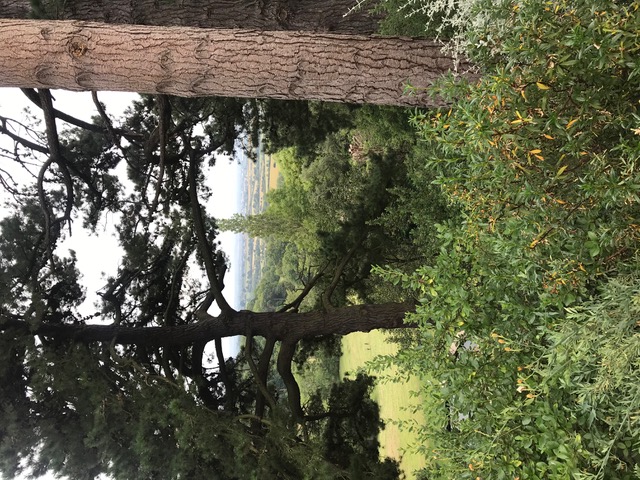
I have known of this wonderful gem of a garden for a little while now but had never ventured to see it until last summer. Famously these gardens were created over time by three hugely talented women gardeners, who lived there. From 1920 Heather Muir, who was helped and inspired by her friend Lawrence Johnston at Hidcote Manor opposite. From the mid 1950’s Diany Binny carried on the evolving gardens. She was responsible for allowing visitors to the gardens for the first time. Anne Chambers took over and brings the gardens up to the present day. She particularly added the still pool which used to be the tennis court.“The theory of evolution rather than revolution is the abiding theme.”
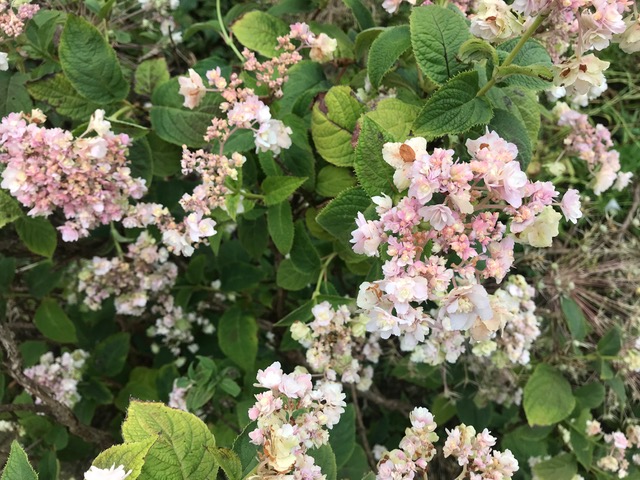
I would highly recommend this really beautiful garden. The plant choices and combinations are really inspiring and the large herbaceous borders breathtaking. My absolute favourite was the pool garden with the over planting of Dierama pulcherrimum - angels fishing rods - which made me rush home, having purchased a plant, and start a new style for a border in my own garden. So beautifully dainty, graceful, pale pink blooms. They effortlessly add a gentle new dimension to the planting scheme.
As you go through the gardens, the addition of the tennis court pool is absolutely stunning and so surprising. It is totally quiet, secluded and peaceful. Changes the mood completely - very clever.
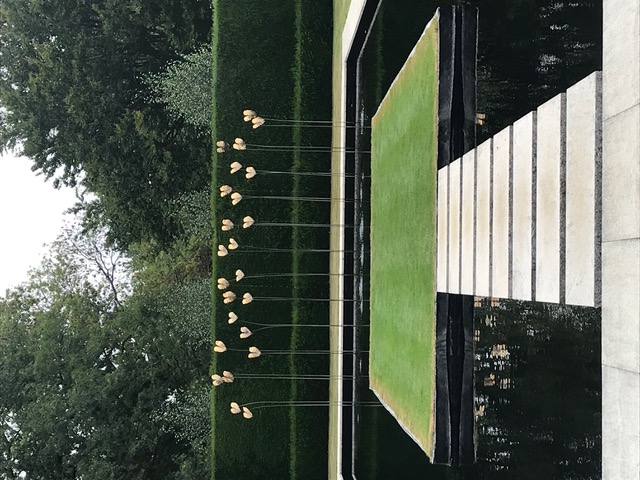
We will go back and back to this space, there was so much more to explore. A lovely day for families too as the gardens extend right down the banks with wooded areas and pool and such great views. This is a cafe for refreshments and picnic tables can be found by the parking - not in the garden. Luckily there was also a plant sales area.

Check the website for opening times as they are not always open. I think they will open in April. Details at www.kiftsgate.co.uk

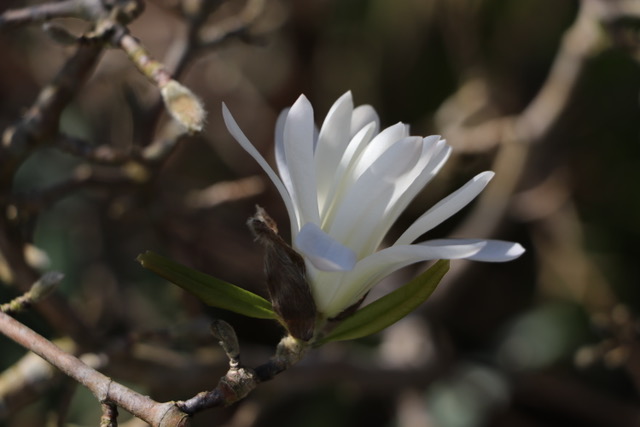
And finally…………
Spring is definitely upon us

And the Worcestershire sunsets shine out
